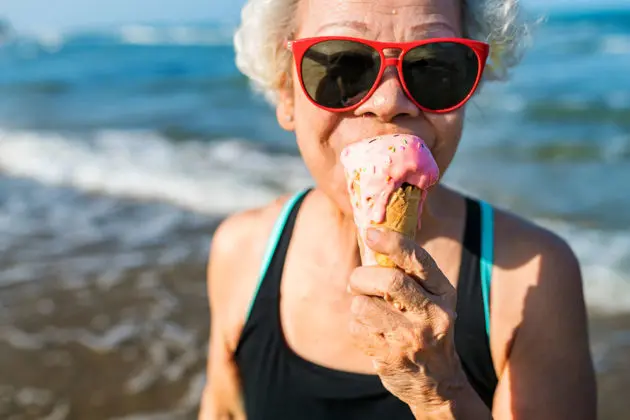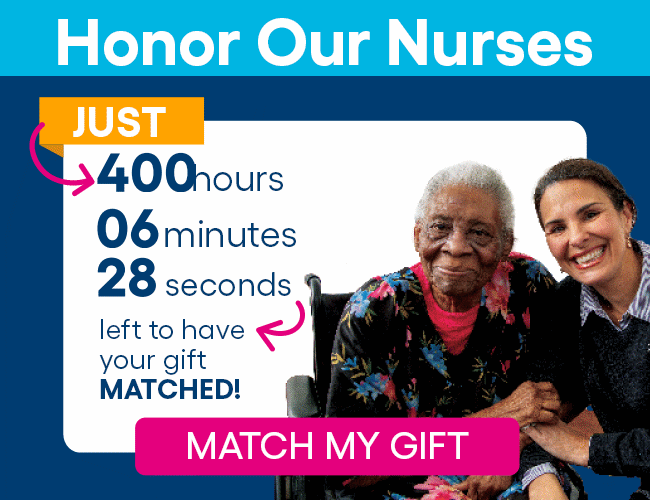
Did you know? Falls are the most common fatal injury among older Americans and the most common trauma-related reason for hospital admissions. In fact, according to the National Council on Aging, falls result in more than 3 million injuries treated in the emergency room annually, including more than 800,000 hospitalizations. Though falls are common, many people may not know how to best help a person who has fallen.
“This is a huge, important issue, as statistics show seniors fall quite often,” says Allison Simms, PT, DPT, MHA, associate director of Rehab Services for VNS Health.
A fall can cause an injury and shake your confidence. If your loved one has recently fallen, rehabilitation therapy can help them build strength and balance to recover — and prevent future injuries.
Because falls can be prevented, the best plan is to reduce the risk of accidents both in the home and outside. But a fall can happen even if you’re careful. It’s crucial for caregivers to know what to do when someone falls. Here are five steps that safety experts recommend when someone trips or stumbles.
Five Steps to Help Someone Who Has Fallen
- See if the person is in pain. Look for visible injuries or facial grimaces.
- If you do not notice or find injuries and the person thinks they can get up, place a sturdy chair directly in front of them, or ask them to crawl to the nearest stable piece of furniture.
- Let the person use the chair first to get into a kneeling position and then partially stand. Gently guide them if necessary.
- If necessary, help them turn slowly and carefully so they can sit in the chair.
- Once they are seated, look again for injuries, and, if necessary, call 911 or the person’s physician.
If the fallen person is injured or unable to get up, call for medical assistance immediately.
When a person falls, they may be embarrassed and want to get up as quickly as possible. And if you see them stumble, your first instinct may be to help them up. However, in some cases, this can be harmful, and it’s best to take it easy. Simms cautions that a person who has fallen should not try to get up too fast. Caregivers should encourage them to proceed slowly and carefully.
After a fall, it’s important to check out your loved one’s home for safety hazards so you can prevent a future accident. Did they trip on a cord, or were they trying to reach something on a high shelf? Did they fall out of bed or slip in the shower? Understanding how they fell can help you lower their risk of another accident or injury.



